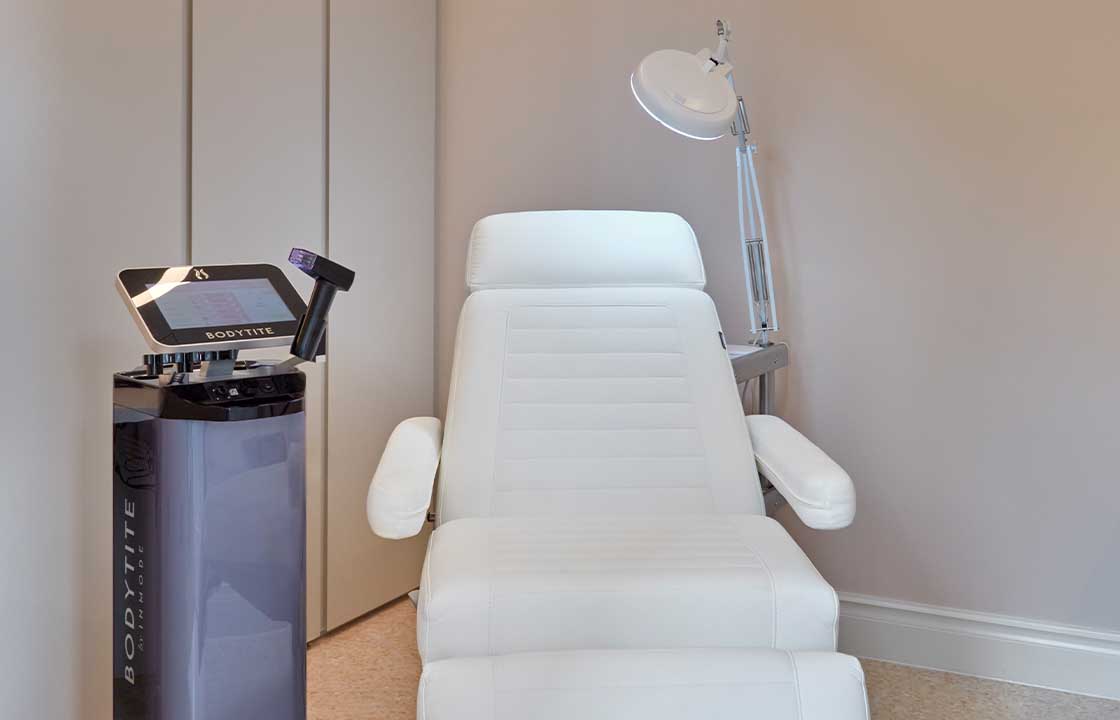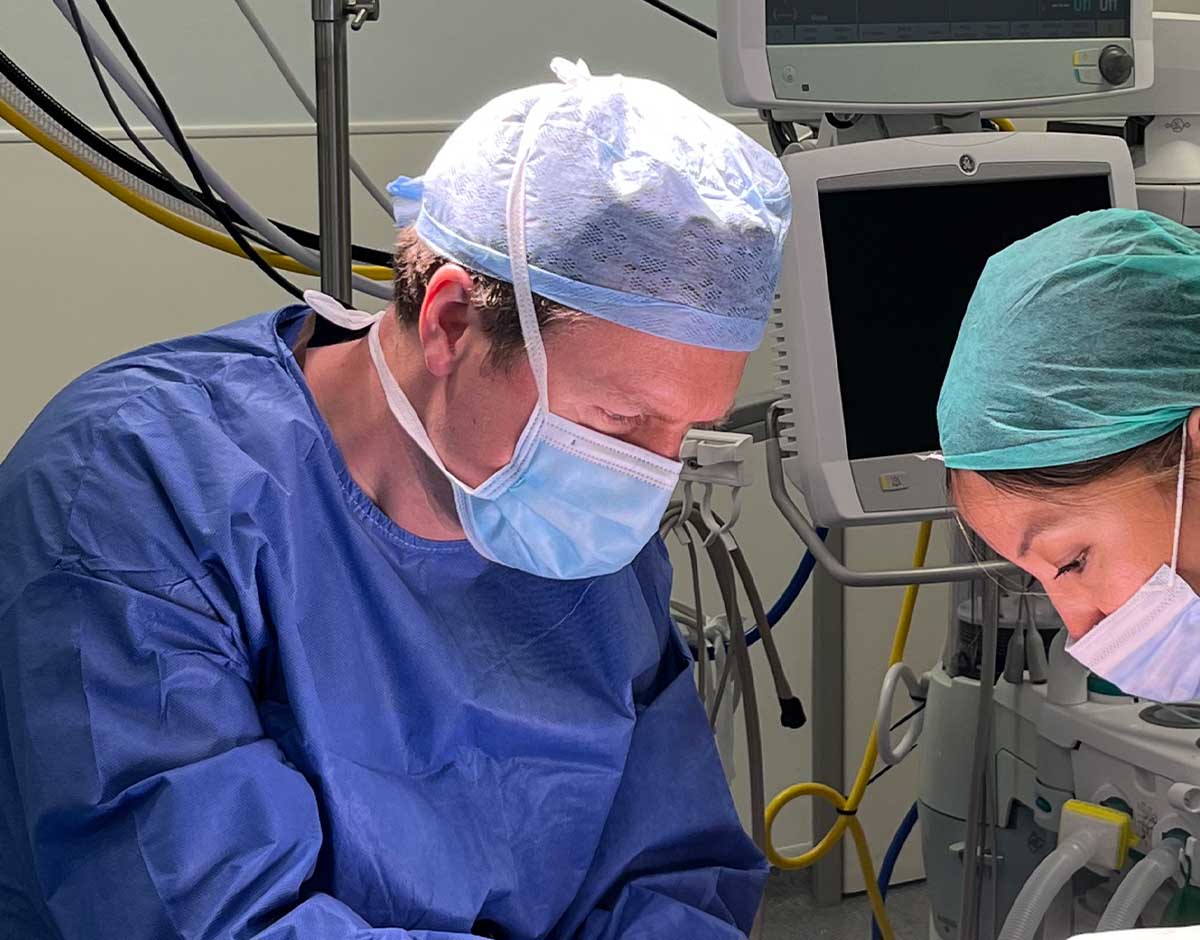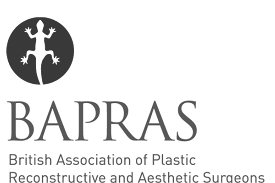-
What is Xanthelasma surgery?
Xanthelasma surgery is a medical procedure performed to remove Xanthelasma, which is the abnormal deposition of fat under the skin. It appears as yellow deposits and can be a cosmetic concern for many individuals. The surgery involves the excision of the fatty deposits using meticulous techniques to minimise scars and optimise appearance.
-
Who is suitable for Xanthelasma surgery?
Xanthelasma surgery is a treatment option for individuals who have Xanthelasma; yellow deposits that form on the eyelids. This surgery is suitable for those who are bothered by the appearance of their Xanthelasma and wish to have these fatty deposits removed.
-
What happens at your first appointment for Xanthelasma surgery?
Jonathan will assess the extent of your Xanthelasma. He will ask you about your medical history and any medications you are currently taking to determine the best course of action for your specific case. He will discuss the surgical options available to you and explain the risks and benefits associated with each.
-
How painful is Xanthelasma surgery?
Local anaesthetic is used to numb the target area before the procedure, which helps minimise any discomfort or pain. Patients should experience minimal discomfort during the procedure. After the surgery, patients may experience some soreness or swelling, but this can be relieved with over-the-counter pain medication.
-
How long does Xanthelasma surgery take?
Xanthelasma surgery usually takes around 30 – 60 minutes to complete.
-
What results can I expect from Xanthelasma surgery?
In most cases, the surgery successfully removes the xanthelasma and improves the appearance of the affected area.
-
Are there any risks associated with Xanthelasma surgery?
While the surgery is generally considered safe and effective, there are some risks associated with it. One potential risk is infection at the site of the incision. This can be minimised by following proper post-operative care instructions and keeping the area clean. Jonathan will discuss all potential risks with you when you meet him for your consultation.

Xanthelasma
Face Aesthetic
Xanthelasma is a condition characterised by yellow deposits of cholesterol under the skin, usually around the eyelids. As it is may be associated with high cholesterol levels, performing a blood test is recommended. Excision under local anaesthetic can be an effective technique to remove them using advanced techniques for an aesthetically pleasing appearance.
What happens during Xanthelasma surgery?
Excision is the usual method of treatment and around the upper eyelid may place the scars in aesthetically important locations, including as an upper blepharoplasty procedure. Jonathan will make small incisions in the eyelid to remove the Xanthelasma deposits. The incisions are carefully placed in order to minimise scarring and ensure optimal results. Once the Xanthelasma is removed, the incisions are closed with very fine sutures. The surgery is usually performed under local anaesthetic, which means you’ll be awake with the area being treated is numbed.
Faqs | Xanthelasma
“Very happy with the procedure and how everything went. Thank you!”
Client Review











